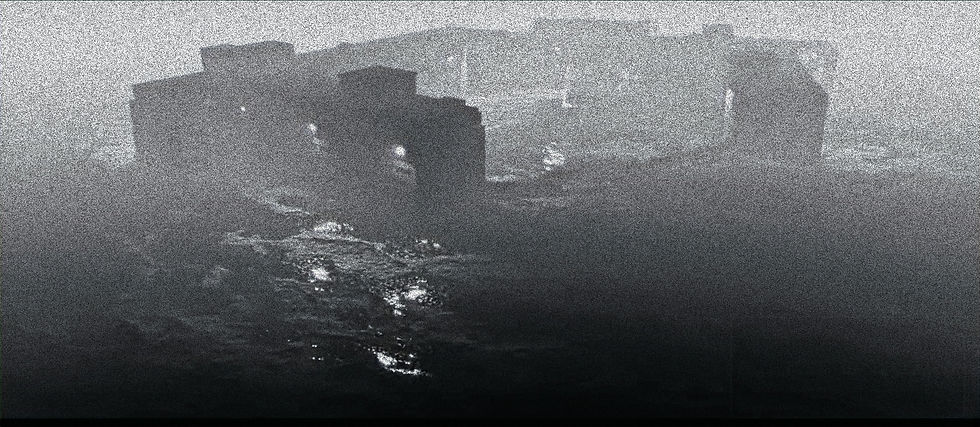
My Screams Are Silent In Your Dreams
2022
Our dreams do not include the people who are not desired in our reality. If we have unwanted people in our dreams those dreams are mostly noted as nightmares. Our dreams are the conscious choice of our subconscious for a make-believe reality. Postcolonial Nations in their inception are dreams against oppression, othering, seclusion, deception and brutality. Though with every passing day, the world's biggest democracy India is being broken down by the dreams of people in power. People who are trying their best to not succumb to the injuries caused by this extremely divisive political atmosphere are screaming for empathy, solidarity and most importantly help. Though their, our, my screams are silent in the dreams dreamt by the ones who are restructuring the fabric of the world's biggest democracy.
My Screams are Silent in Your Dreams is a project about silent screams. The project is divided into three major works. These works are, ‘Silence’, ‘Screams and Dreams’ and ‘The Ghost of a Protest’.
Commissioned by Röda Sten Konsthall. Part of the exhibition dhak dhak ho-hum ah eekff iii ie curated by Amila Puzić and Mia Christersdotter Norman.
Photo Credit- Hendrik Zeitler




